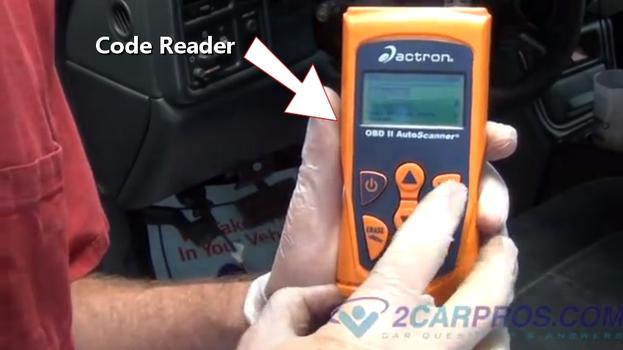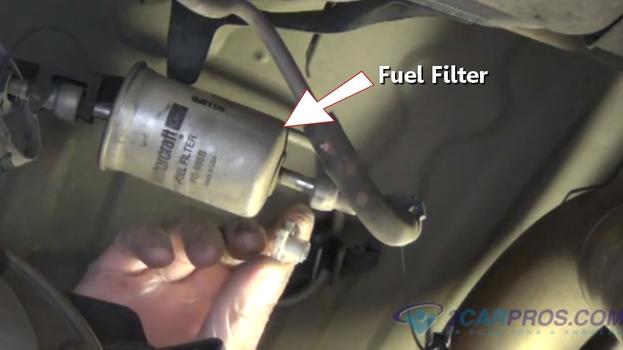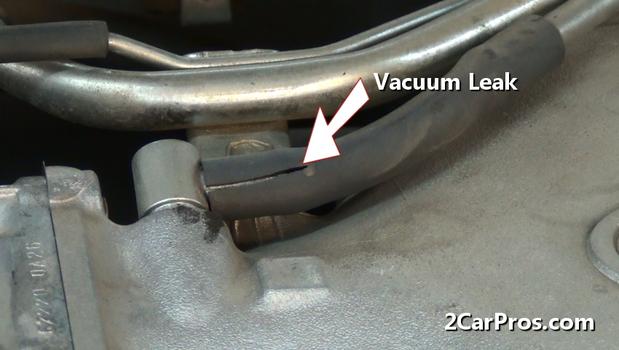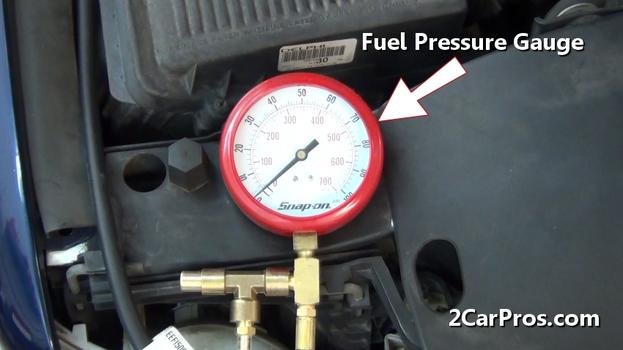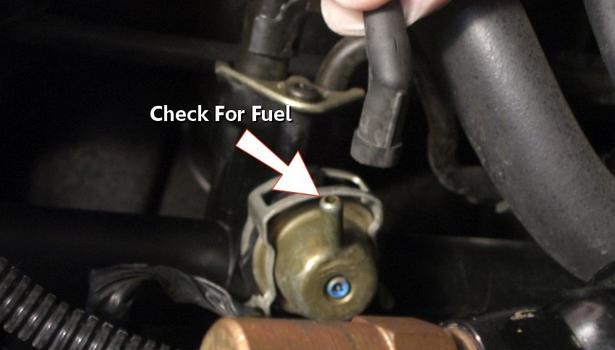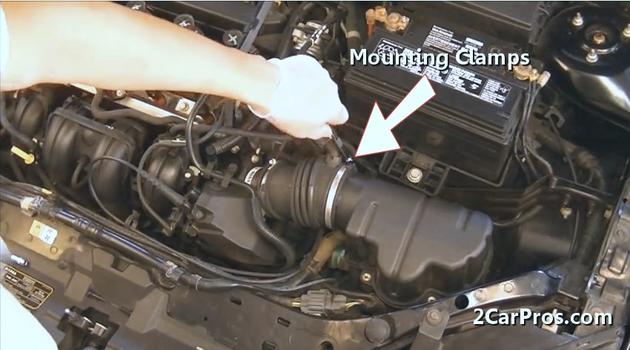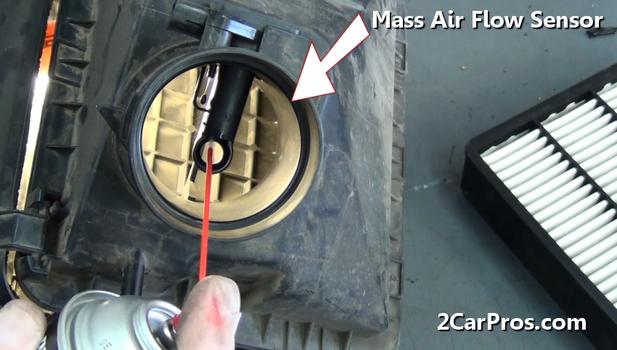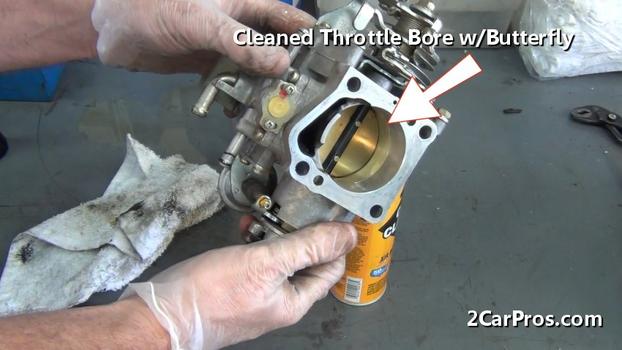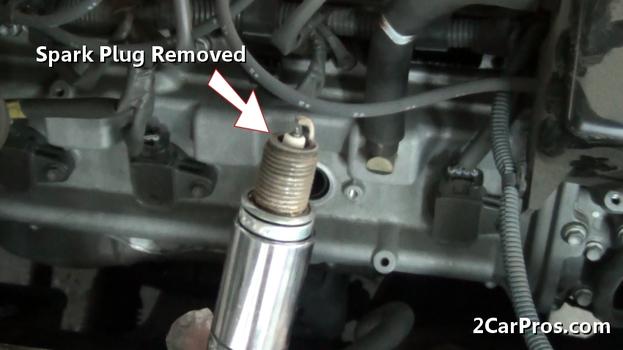An engine hesitation is an interruption of continuous power during acceleration. When a engine is hesitating it will cause the car to lunge or surge which will cause a sudden jerk as the car slows down. This condition can cause dangerous situations in heavy traffic when drivers behind expect continuous forward movement.
Let's Jump In!
Step 1 - If a malfunction has occurred that the computer has realized, the check engine or service engine soon light will be illuminated. First read the trouble codes and then define them to determine the repair needed. Many times an engine can hesitate without the computer detecting a problem, if this is the case proceed to the next step.
Step 2 - Poor fuel pressure can cause the engine to go "lean" when the throttle is opened. The first check is to remove the fuel filter and check the flow by trying to blow through it, the filter should flow freely.
Step 3 - The engine depends on a sealed system to contain vacuum the engine creates while running. If this vacuum system develops a leak it can cause the computer to react on false data resulting in a hesitation. Inspect the system and repair any vacuum lines that are damaged.
Step 4 - The engine's fuel system must operate at a specific pressure, if this pressure is inadequate the engine will hesitate. Locate the fuel pressure test port or use a fuel filter adapter to connect a fuel pressure gauge and check the reading.
Step 5 - The fuel system pressure regulator is designed to increase the fuel pressure when the throttle is depressed. This pressure increase is used to enrich the fuel mixture when the engine is under load. Though some vehicles utilize an internal regulator located at the fuel pump (in tank) others are located at the engine fuel rail which can be tested much easier.
Step 6 - The air intake to the engine is metered by a mass air flow sensor, this sensor provides feedback data to the computer which is then processed. If this intake system is allowed to leak it will cause a misreading making the engine hesitate. Inspect the intake boot for tears or holes and replace if needed.
Step 7 - The mass air flow sensor is used to measure the air that travels into the engine. Inside this sensor is a hot wire that becomes contaminated which inhibits its ability to provide correct information to the computer. If this sensor has more than 70,000 miles servicing the sensor can help cure engine hesitation.
Step 8 - The throttle bore is designed to control the volume of air the engine will ingest. The butterfly and throat of the bore (plate) becomes contaminated with impurities and must be cleaned much like the mass air flow sensor. Once this condition is corrected the engine can return to normal operation.
Step 9 - The spark plugs of an engine are designed to ignite the fuel air mixture inside the combustion chamber to provide the engine's power. If these spark plugs or maladjusted or worn they can cause the ignition timing to change causing a hesitation, remove the spark plugs to inspect.
Step 10 - The clutch is designed to release the engine from the transmission, when this part wears it can cause a hesitation in the motion of the car. To test this condition drive the car at a steady speed, then very lightly tap the clutch pedal, if the car responds the clutch is worn.
Step 11 - A timing belt or chain is used to keep the engine crankshaft to camshaft relationship correct. If this timing becomes misaligned, the engine can experience low power and hesitation.
Step 12 - A rare occurrence, but it does happen, if everything has not helped an engine hesitation and low power and the ignition system is suspect, remove the harmonic balancer to inspect the wood-ruff key. This key can become worn allowing the ignition trigger to become retarded causing the engine hesitation.
Older engine's are equipped with a distributor ignition system. This systems can cause hesitation when maladjusted, by using a timing light this situation can be checked and corrected. If the timing is adjusted too far retarded (behind the timing mark) in relationship to the engine crankshaft it will cause hesitation. If the engine timing is way off (20 degrees or more) check the timing belt or timing chain, the crankshaft/camshaft correlation.
Questions?
Our certified technicians are ready to answer engine hesitation questions for free. We hope you saved money and learned from this guide. We are creating a full set of car repair guides. Please subscribe to our 2CarPros YouTube channel and check back often for new videos which are uploaded regularly.
